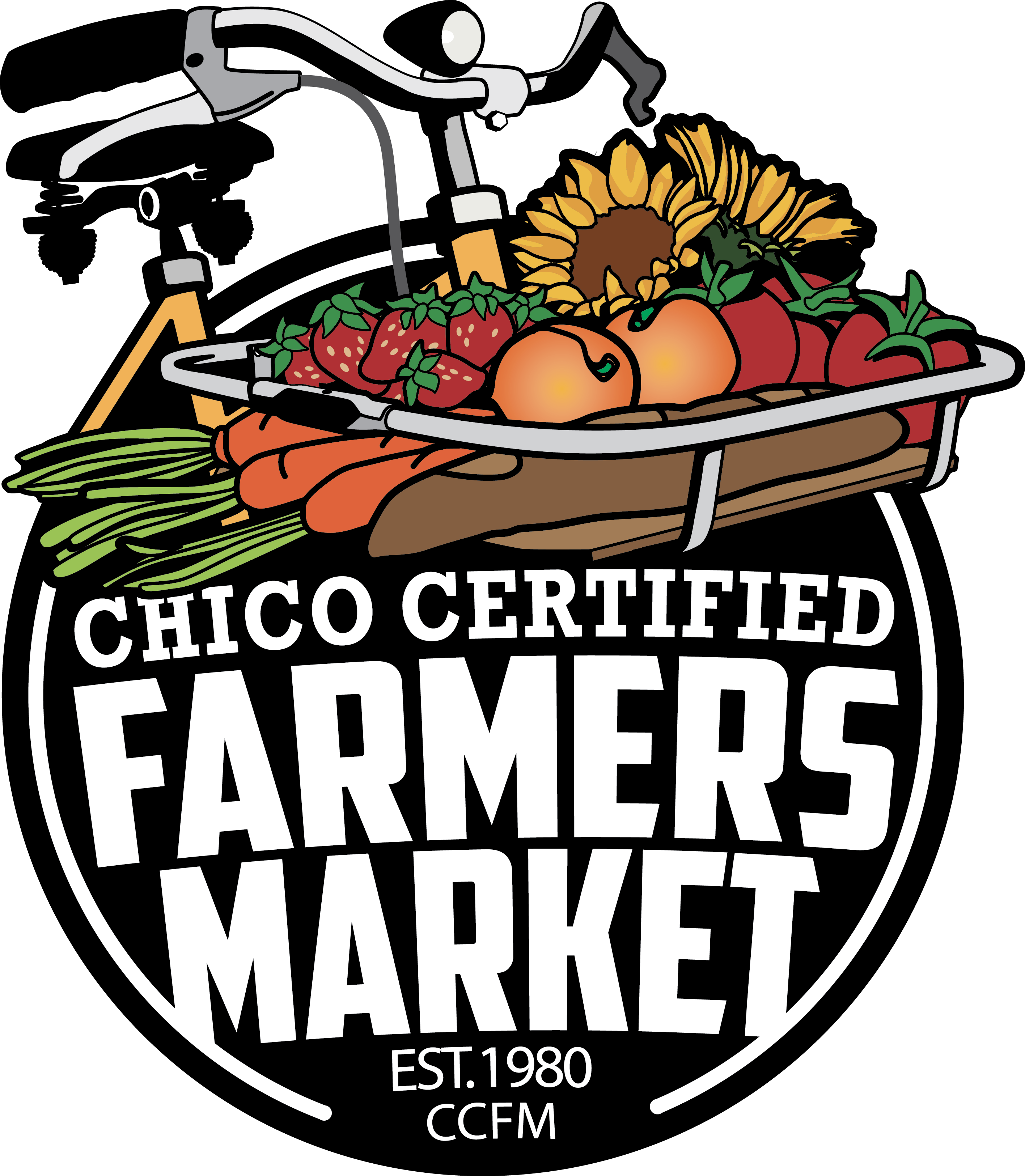Nope, it’s not ginger root or a real strange looking potato, it’s a Jerusalem Artichoke! Also commonly called Sunchokes, this tuber comes from the thickened underground part of a stem of a breed of sunflowers. The Jerusalem Artichoke has very little to do with actual artichokes except a delicate, artichoke-y flavor. The name came about from the Italian word girasole, meaning sunflower, or more specifically “turning toward the sun,” a reference to the sunflower. Somehow English speakers turned that into “Jersualem,” and then added “artichoke” at the end to account for the similarity of flavor. These days they are more often marketed under the less foreign sounding name of sunchokes.
Sunchokes are generally available October to April, but we’ll let you in a little secret: If you want the best of the best, look for them at the market after there’s been a light frost. Can your produce get more fresh or seasonal than that? Just another benefit of your local Farmers’ Market!
How to Use ‘Em!
Even if this tuber looks or sounds intimidating to you, the saving grace of the Jerusalem Artichoke is that it acts similarly to a potato, and who doesn’t love potatoes? Just as with potatoes, they can be roasted, boiled, steamed, fried, and stewed. Careful, however, as they cook faster than potatoes. Monitor them closely when cooking so you don’t end up with mush!
Jerusalem artichokes may be eaten raw or cooked. They have a nutty flavor and are reminiscent of the artichoke in flavor (as we’ve learned) but with a much more gratifying bite and half the work! Before eating or cooking, scrub the tubers thoroughly with a vegetable brush. Peeling can be difficult but is not necessary; the peels are perfectly edible. However, if you’d like to peel them, slice off the smaller bumpy areas and remove skin with a vegetable peeler. If you will be eating them cooked, you will find it easier to boil or steam them whole and unpeeled first, and then peel after if necessary.
Try making them into a soup, slicing them thin and using them as a pizza topping or baking them into chips. They can be marinated, mashed, or pureed, and work well pared as a side dish with roasted chicken or red meat! At the end of the day, if you’re still nervous about just how to use your sunchokes, remember: just treat them like a root vegetable and you can’t go wrong!
Choosing and Storing
Choose smooth, clean, unblemished, firm tubers with a minimum of bumps. Avoid those with wrinkled skins, soft spots, blotched green areas or sprouts.
Jerusalem artichokes will bruise easily, so be sure to handle them with care. They should should be stored in a cool, dry, well-ventilated area away from light. They may also be stored in the vegetable drawer of the refrigerator, wrapped in paper towels to absorb humidity, and sealed in a plastic bag. Fresh Jerusalem Artichokes from a farmers’ market can be stored up to 3 weeks. Cooked ones should be refrigerated and consumed within 2 days. Freezing is not recommended, however, due to discoloration and deterioration of texture, so eat these babies while they’re fresh!
